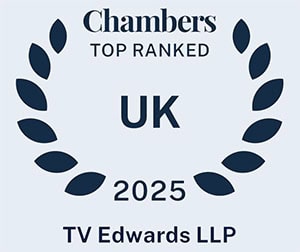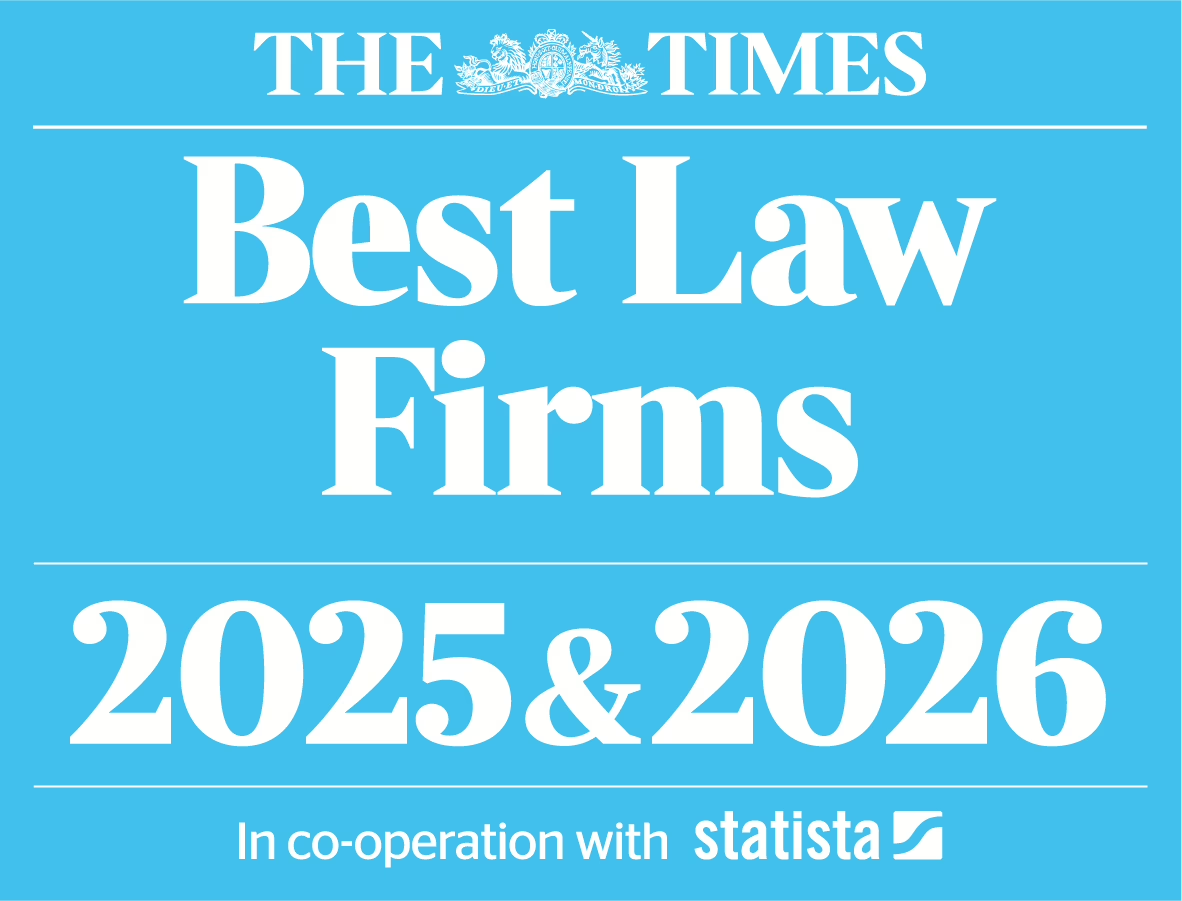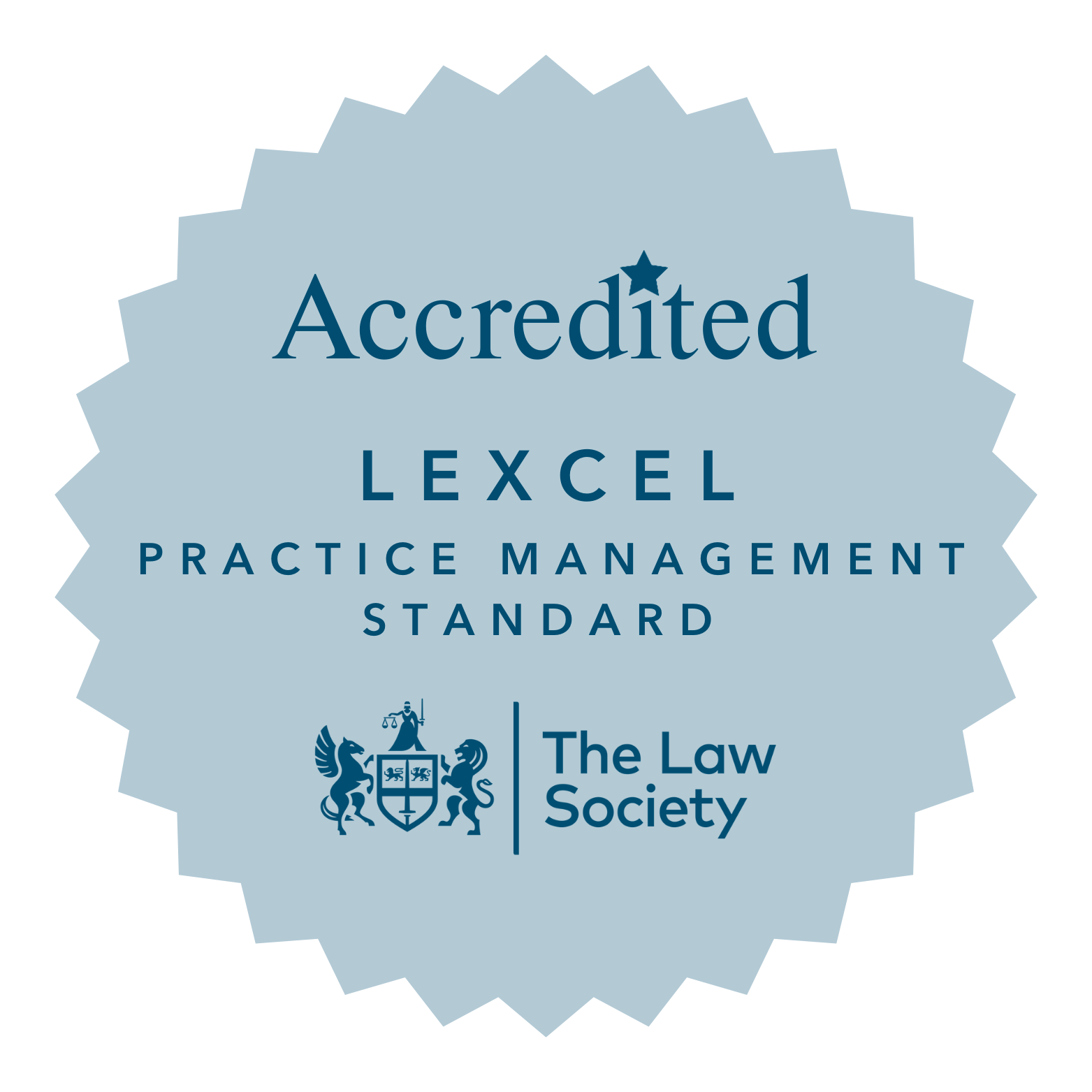

Managing finances and assets while navigating a divorce can be complex and emotionally challenging.
At TV Edwards, our expert divorce solicitors provide the necessary legal guidance to help you navigate the division of assets, ensuring you get a fair settlement. Whether your case involves property, pensions, business interests, or ongoing financial support, we’re here to protect your financial future.
Are assets always split 50 50 in a divorce?
It’s a common misconception that assets will always be split evenly between both spouses during a divorce.
While a 50/50 split is the usual starting point, there are many factors that come into play when determining what percentage each spouse gets. These include how much each contributed financially and non-financially during the marriage, among other things.
The landmark case White v White (2000), emphasised fairness, ensuring that homemakers are not disadvantaged compared to the spouse who earns a salary, should they get divorced.
Essentially, asset division in a divorce is about fairness rather than strictly adhering to a 50/50 split. Courts will take into account several factors, including:
- How much money each spouse will need going forward
- How the children you might have together will be looked after
- How long the marriage was
They will want to make sure both parties have enough to live comfortably with in the future.
To speak to us about your situation, use our contact form.
How Are Different Types of Assets Divided?
Different assets are treated in various ways in divorce settlements. Here are some key examples:
- Family Home: Typically, the matrimonial home will be the largest asset that a couple shares. In the event of a divorce, the court might order that the home be sold and the proceeds split between both spouses, or that one spouse can keep the house. The latter option is especially common if the spouse is looking after children.
- Pensions: It’s common for pensions to be considered marital assets. They might be divided between spouses through pension sharing orders, or offset by other assets like the family home or savings.
- Savings & Investments: The court will examine the financial contributions of each party–as well as what they might need in the future to get by–when deciding how to split joint savings accounts, ISAs, stocks, and investments.
- Debts & Liabilities: Debts such as mortgages, loans, and credit card balances also have to be fairly shared between the two parties.
No two divorce cases are the same, so the approach to dividing assets has to be tailored to what is fair and reasonable in light of the individuals’ specific circumstances.
Factors That Influence Asset Division
The court will take a number of things into account when deciding how your shared assets should be split. As fairness is paramount, the court will consider as many factors as are presented as related to the case. These might include, but are not limited to:
- Length of Marriage: It’s typical for longer marriages to result in a more equal distribution of assets following divorce, as both parties are presumed to have contributed to those assets over time.
- Financial & Non-Financial Contributions: Childcare and home maintenance are contributions considered equally important as financial contributions in the eyes of the court.
- Future Financial Needs: One crucial factor the court will consider is how capable each spouse is of supporting themselves (which will include their potential to earn income) after the divorce.
- Children’s Welfare: Children are also a top priority for the court. Their needs will be carefully considered during the division of assets, ensuring that they are suitably provided for.
- Pre- and Post-Marital Assets: If some assets were acquired before you were married–or perhaps received as inheritance–they might not be included in the division.
As aforementioned, each case is unique and assessed on its individual circumstances, which helps ensure that both parties are treated fairly, with a focus on long-term financial security.
What Happens to Business in Divorce?
Divorce settlements can be complicated by the division of business assets shared between the two spouses. A business can be considered both an income source and a capital asset (the latter in the same way a home is), and the court will need to determine how it should be valued or divided.
In the case of V v V (2005), it was ruled by the court that a business, especially if it is primarily income-generating, may not always be divided as an asset in a settlement. Instead, spousal maintenance or the fair division of other assets like property or pensions can be arranged.
If either you or your spouse owns a business, the court might:
- Value the business and–if it’s primarily a source of income–possibly exclude it from asset division.
- If appropriate, offset the business’s value against other shared assets, such as the matrimonial home or pensions.
- Consider spousal maintenance if a clean break is not possible.
Ultimately, the way the business functions, what kind of asset it is, and the financial needs of you and your spouse will all be taken into account when the court assesses how it should be treated in the divorce proceedings.
Contact us and we can talk you through how your business might be affected by your divorce.
Related Divorce Services
What to Expect From Our Divorce Solicitors?
At TV Edwards, we know how overwhelming and emotionally taxing the process of figuring out how to divide assets in a divorce can be.
Whether it’s splitting your pensions, property, business interests, or debts, we can give you the right guidance with our experienced family finance solicitors. We’ll guide you through every step of the process, ensuring that you receive a fair, equitable, and satisfactory financial settlement and the end of it.
Starting with an initial consultation, we’ll take the time to understand your unique financial situation and explain your options clearly. We’ll give you practical, transparent, and empathetic advice tailored to whatever you’re struggling with, including:
- Negotiating a settlement
- Considering asset division proposals
- Exploring options like offsetting
Our team can represent you in court if the other party is unwilling to reach an agreement.
By working with financial experts, valuers, and pension specialists, we are well placed to provide you with accurate, up-to-date valuations and advice.This ensures that every decision made is informed and in your best interest. At TV Edwards, we want to help you get the best possible resolution, but we always approach matters with a focus on finding amicable, fair solutions.
Our family finance solicitors subscribe to the Resolution Code of Practice and adopt a constructive, non-confrontational approach wherever possible. Though negotiation and mediation are always priorities for us, if disputes arise then we’ll give you the legal advocacy you need to protect your financial rights.
Why Choose TV Edwards?
Our specialist family team is top ranked in Chambers UK and highly commended in the Legal 500 2025 legal directories. The department has been recognised in The Times as a top 20 firm for family law in their 2025 guide.
Having a large team of dedicated and specialist solicitors means that we can advise in a wide range of family cases, including divorce, finances and children. Our specialist expert divorce solicitors handle complex cases with significant assets. Our specialist children lawyers are often at the forefront of family law handling groundbreaking cases in the high court and court of appeal.
We are passionate about the work do and are committed to provide exceptional client service to get you the best possible outcome in often stressful circumstances.
Client Testimonials
Divorce Asset Division Frequently Asked Questions
How much does a family finance solicitor cost?
Costs vary based on the complexity of each individual case, so there’s no fixed amount.
The evaluation of the property will typically take into account factors like its location, condition, previous sale value (if any), and the sale value of similar homes in the surrounding area. Once the price is settled on, both spouses will have a good idea of how much they will get once it’s been sold.
How long does it take to finalise asset division in a divorce?
The length of time it will take to finalise your asset division settlement is dependent on the complexity of the case and whether an agreement can be reached.
In some cases, it might take a few months to negotiate a settlement, while more contentious cases that require the court’s involvement can take over a year to reach a resolution.
Get in touch today for personalised guidance navigating your case.






